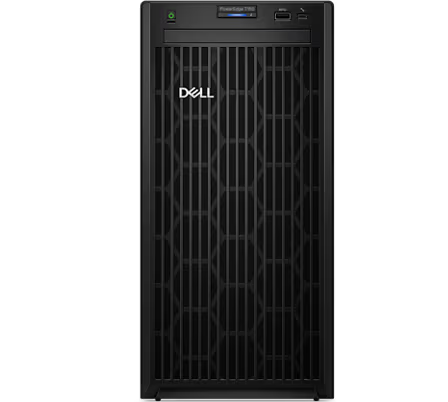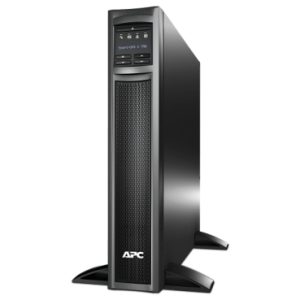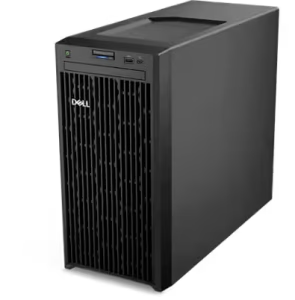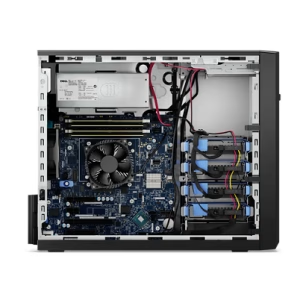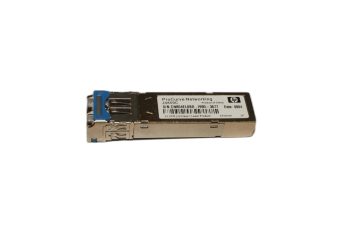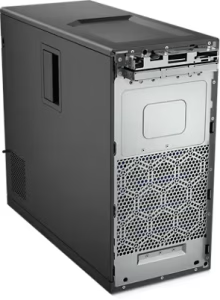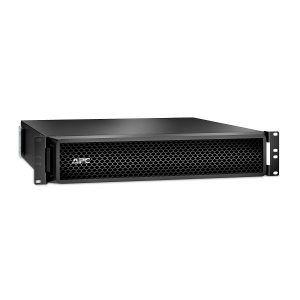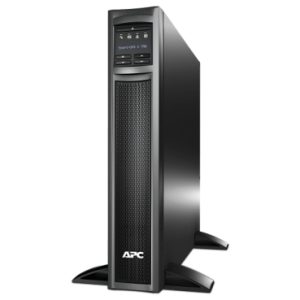server cooling solutions
server cooling solutions
Introduction: The Hidden Backbone of Server Health
When thinking about servers, most people focus on CPUs, RAM, and storage. But one component that silently works behind the scenes to keep everything functioning properly is server cooling—and at the heart of this system are server fans. Without proper cooling, even the most advanced server hardware is at risk of overheating, crashing, or becoming permanently damaged.
Why Server Cooling Is Non-Negotiable
Servers operate 24/7, handling demanding workloads in data centers or on-premise environments. These workloads generate a significant amount of heat. If that heat isn’t properly dissipated, components like CPUs, GPUs, and storage drives can overheat and fail.
🔥 Overheating Consequences:
- Degraded performance
- Shortened hardware lifespan
- System crashes and data corruption
- Increased power consumption
server cooling solutions
The Role of Server Fans in Thermal Management
Server fans are engineered to:
- Maintain optimal airflow across critical components
- Regulate temperature in high-density server racks
- Prevent thermal throttling, which slows down CPUs when hot
- Extend hardware life by keeping parts within safe temperature ranges
Unlike standard PC fans, server fans are high-performance, industrial-grade components designed to handle continuous operation under heavy loads.
Types of Server Cooling Fans
- Chassis Fans: Located in the server case to circulate air across internal components
- CPU Fans or Heat Sink Fans: Specifically target processor cooling
- Hot-swappable Fans: Easily replaceable without shutting down the server
- Redundant Fan Systems: Provide backup in case one fan fails, ensuring continued cooling
server cooling solutions
Signs Your Server Fans Need Attention
- Unusual noises (buzzing, clicking)
- Rising internal temperatures
- System alerts or fan failure warnings
- Increased power usage or thermal shutdowns
Ignoring these signs can lead to hardware failure and costly downtime.
Best Practices for Server Cooling
✅ Regular Maintenance: Clean dust buildup and check fan functionality
✅ Monitor Temperatures: Use server monitoring tools to track thermal status
✅ Replace Faulty Fans Immediately: Don’t risk downtime—stock spare fans
✅ Invest in Quality Parts: Use certified fans compatible with your server model (Dell, HP, IBM)
server cooling solutions
Why Quality Server Fans Are a Smart Investment
While it’s tempting to save money with third-party or generic fans, doing so can compromise your entire server system. Reliable server fans:
- Offer better cooling efficiency
- Are tested for compatibility and durability
- Often include smart features like RPM monitoring or automatic speed adjustments
🛠 For genuine and compatible server fans, consider trusted vendors like ServerPartsS.com.
Conclusion
Server fans may seem minor compared to CPUs and memory, but they are essential for maintaining uptime, stability, and performance. Prioritizing proper cooling solutions and investing in reliable server fans is one of the most cost-effective ways to protect your infrastructure.

